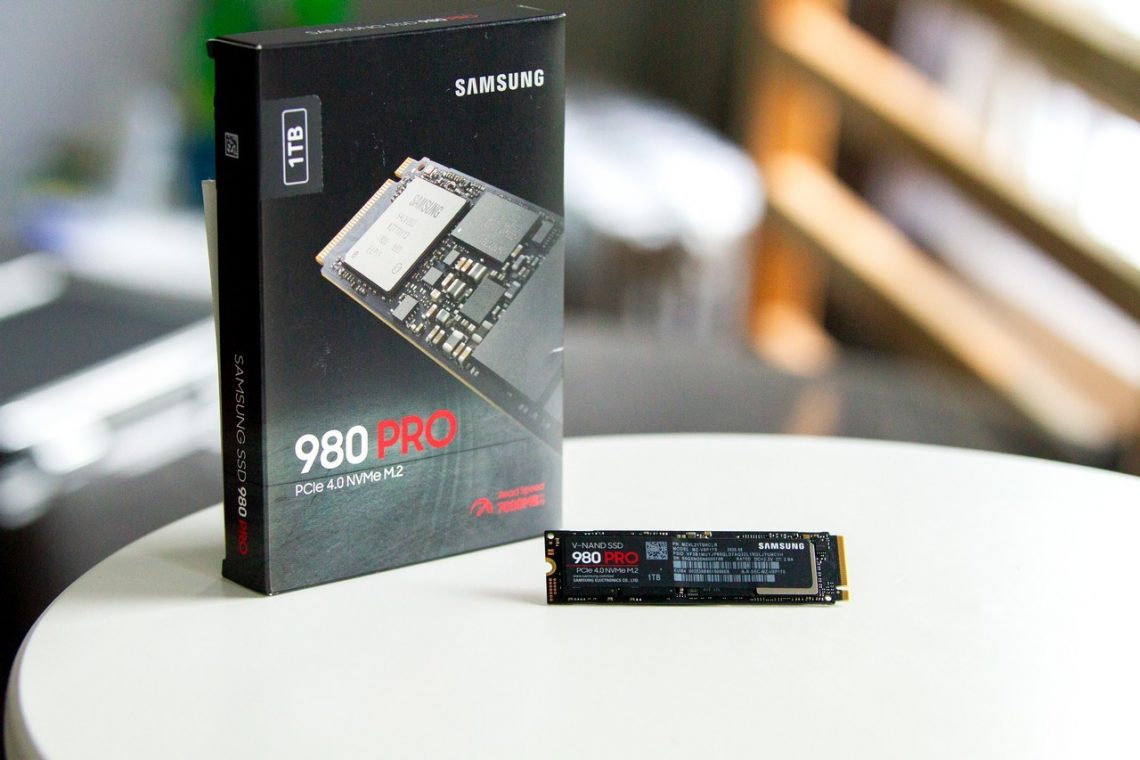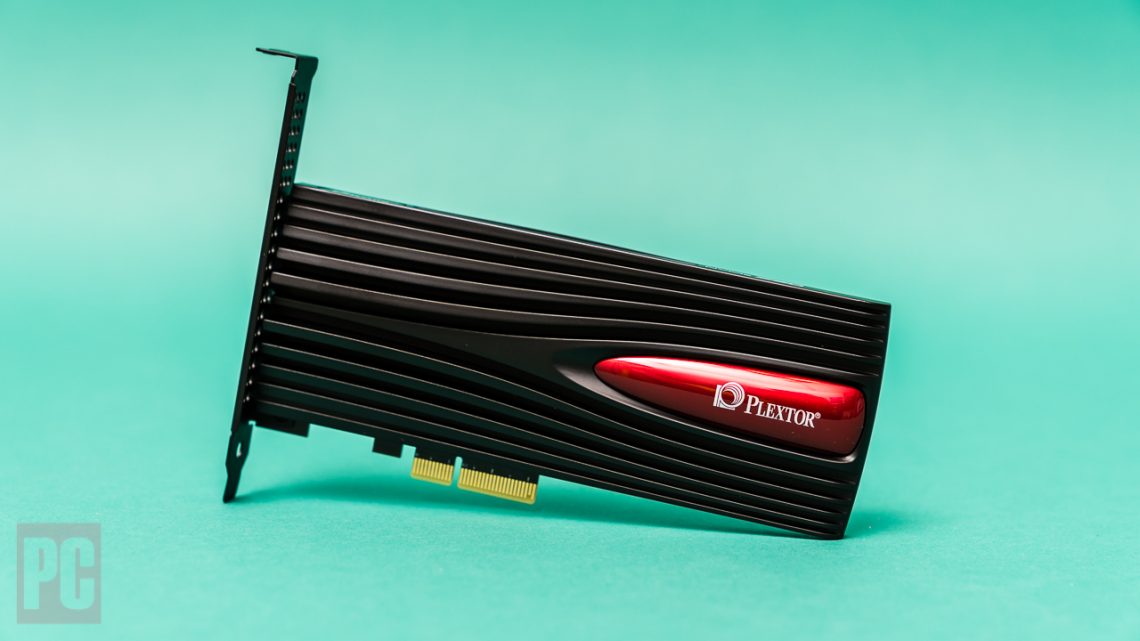- Get link
- X
- Other Apps
- Get link
- X
- Other Apps
Today we came to talk about the best PCI Express NVMe SSD memory. "SSD" stands for "solid-state drive". An SSD is a storage drive that is a type of flash memory. Join us to introduce the best SSDs in 2021. We have already prepared articles for you about SSDs that you can also read.
Why SSD has different models:
Which took up a lot of space, and on some smaller laptops that did not have an optical drive, the user had to replace the SSD with a magnetic hard drive. For this reason, various SSD factors were launched.
Almost all new desktop and tablet motherboards and many new laptops have slots designed for PCI Express NVME SSDs with much smaller sizes. This is especially true for thin laptops and notebooks that have less internal space. These ports, known as M.2 slots, accept M.2 SSDs that are about the size of a box of chewing gum. These days, almost every new PC and laptop board has at least one such port.
Why is the size of the SSD smaller?
This is a good question with a simple answer. Scientifically, SSDs never need to be this big. The "classic" 2.5-inch SSDs are designed to fit in laptops and desktops. Following the reduction in the size and weight of laptops and tablets, there is one key point: the size and size of this storage drive should be smaller. The M.2 SSD has greatly reduced its physical dimensions and now has the size of a laptop RAM. Compared to previous SSDs, the M.2 is much smaller. Note that you can use this type of memory if there is an M.2 or MSATA slot on the Sama motherboard.
Brief description about M.2 SSD
M.2 memory has a small electronic circuit on which various silicon chips, including NAND modules, are attached to store your data.
The data bus (BUS) or the path from which your data travels to an M.2 drive is another matter and takes one of several forms. And this is where NVME comes in. We will get to the importance of NVMe in an instant. First, let's discuss the basic physical features of an M.2 drive that you need to understand. (The video below is also a good introduction.)
M.2 SSDs are available with the following capacities:
- 120 GB or 128 GB
- 240 GB, 250 GB or 256 GB
- 480 GB, 500 GB or 512 GB
- 960 GB or 1 terabyte
MSATA SSD
The first M.2 drives were Serial ATA (SATA) drives, originally a similar version of the 2.5-inch SSD. You can still easily find SATA-bus SSDs in M.2 format. They are common and most M.2 slots accept them. In some cases, both the 2.5-inch and M.2 versions have the same output, with little difference in performance.
Note that your system must specifically support PCI Express in its M.2 slot to use these drives. Some desktop boards support both types. A laptop may only support M.2 SSDs that use the SATA bus, which may limit your upgrade.
Some high-end laptops can use PCI Express M.2 drives. (Note that some, like Apple's latest MacBook Pro, have PCI Express drives soldered to the laptop home screen in an irreducible way. "PCI Express SSD" does not necessarily mean "the M.2 SSD module is not removable." As mentioned, almost all new desktop motherboards now have M.2 slots, and most now support PCI Express M.2 SSDs.
The first generation M.2 PCI Express SSDs use the PCI Express x2 interface, which has a higher operating capacity than SATA 3.0. They now support PCI Express 3.0 x4 technology, along with a technology called Non-Variable Memory Express (NVME). The idea of NVME is to improve speed to better execute system performance.
MSATA SSD 2
NVME is a control protocol for SSDs that has dominated internal SSDs over the past few years. You may have heard the term "AHCI". This is a control scheme used by SATA hard drives and SSDs for data flow through the SATA bus. AHCI was designed during the reign of hard drives, although it works with SSDs. In contrast, NVME is designed to control SSD memory from scratch and is optimized for the realm of flash memory. Designed to replace AHCI on the latest SSDs.
NVMe is a word you can search for on M.2 SSDs, but know that your system and motherboard must support NVMe PCI Express drives in the BIOS for this storage drive to act as a bootable device. Motherboards based on the latest AMD and Intel chipsets support PCI Express x4 NVMe M.2 drives. Some desktop boards now have two or more M.2 connectors. But outside of all PC and laptop motherboards that were developed three or more years ago, they do not support NVMe-capable M.2 slots. So before you buy one of these drives, make sure that your device's motherboard supports this slot or not.
What brands does NVME SSD include?
Samsung, one of the current top SSD manufacturers, pioneered NVMe. But most other SSD vendors are also NVMe at this stage, including ADATA, Corsair, Crucial, Kingston, Seagate and WD.
Again, to install one of these drives you need proper support at the motherboard level. Many M.2-enabled handsets support both M.2 SSD bus types (M.2 SATA and M.2 PCI Express / NVMe). For a laptop, you need to go to the manufacturer's site to make sure.
Also, as mentioned earlier, note that a small number of laptops solder their storage space directly to the motherboard to save more space. Therefore, it is not possible to upgrade the drive in any way. And if you have just bought your laptop, recognize that upgrading your laptop to a new SSD may violate the existing warranty and warranty terms.
PCI Express 4.0 The next generation of SSD memory
We've tested a handful of M.2 SSDs that support this version 4.0 newer than PCI Express and are actually fast.
The read speed of a small number of these memories (like Samsung's flagship SSD 980 Pro) is rated at 7000 Mbps. These drives will be available on all motherboards in the near future, but PCI Express 4.0 is currently only available on desktop systems using the AMD X570 and B550 chipsets (for Ryzen CPUs) and AMD TRX40 (for Third generation Ryzen Threadripper) supported. You can use this PCIe 4.0 based on Intel chipset systems, but they go down at a slower PCIe 3.0 speed.
This will change with the advent of the Intel "Rocket Lake-S" desktop CPU and the introduction of the new Intel Z590 chipset platform. While some Z490-based motherboards have been marketed in a way that the manufacturers have described as "PCIe 4.0 ready". You will most likely need a Rocket Lake CPU to do this. All of this says that although Intel loyalists are not completely out of the cold, as of the writing of this article (March 2017), there is no Intel-based option that can maximize PCIe 4.0 SSDs.
summary and Conclusion:
SSDs are much faster than magnetic hard drives. Initially, the SSDs on the market were the size of a 2.5-inch laptop, but over time, their size and appearance have been greatly reduced. In the above article, we examined the types of M.2 SSDs. We also explained about NVME SSD. We hope you find it useful.
Source: PARTAKO
- Get link
- X
- Other Apps











Comments
Post a Comment